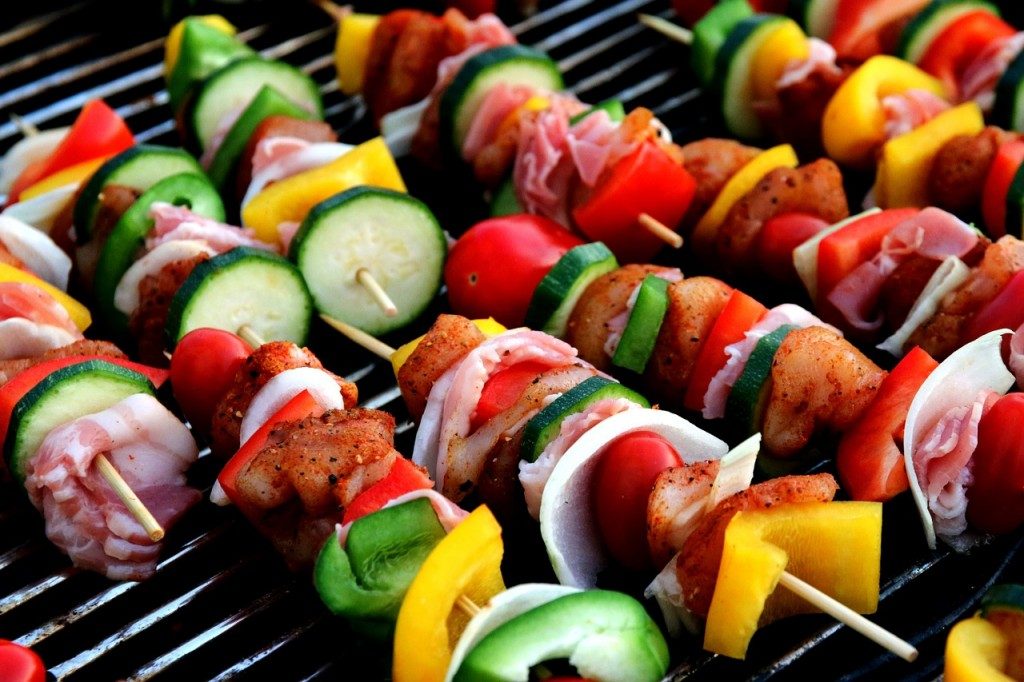
How many times have you been to the grocery store and after getting everything in your cart scanned, was surprised by the total price displayed on the checkout screen? This happens to even the most frugal shoppers and it is not because a price was rung up incorrectly. Often times it is because we got carried away while wandering the aisles.
According to the Bureau of Labor Statistics, the average American household spent a total of $7,729 on food in 2017. Of that amount, $4,363 was spent on food at home and $3,365 was spent on food away from home.
Food is the third largest household expenditure after housing and transportation. Besides shelter and getting to work, everyone has to eat.
There are many ways you can save money when it comes to food. You can use coupons, phone apps, meal planning, online ordering, sales, and more. The goal is to find something that works for you and keep up with it. Here are over 30 tips you can use to save money on food no matter how big or small your food budget.
Table of Contents
Saving Money on Food Starts at Home
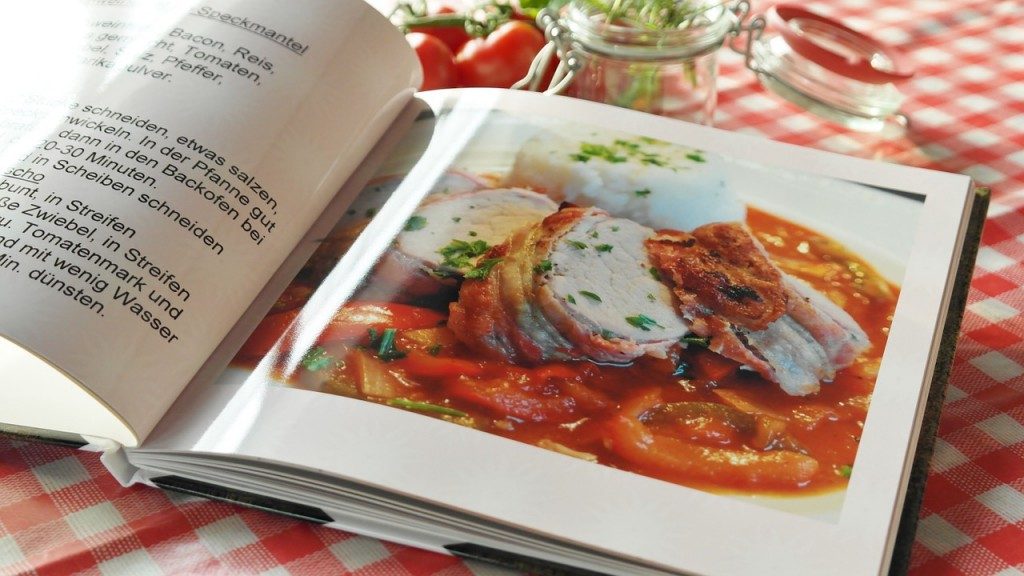
Create A Meal Plan and Bulk Cook For The Week
You don’t want to get home from work every night and stand there in the kitchen with the fridge open wondering what to make for dinner and whether you have all the ingredients on hand.
By coming up with the menu for the entire week ahead of time, you know what you need to buy at the store before even leaving the house.
To make it easier, break the process up into parts. Use the weekly ads to plan your recipes on Friday night. Go shopping on Saturday, and prep and cook on Sunday.
Another benefit of spending one day to bulk cook for the entire week is there is less to clean the rest of the week. You only clean the pots, pans, stove, and countertops once instead of daily.
Make A Grocery Shopping List
Now that you’ve got all your meals decided on ahead of time, you can make a list of all the ingredients that you need to pick up at the store. Having a grocery list keeps you organized. By heading directly to the items on your list, you avoid wandering around the store and picking up extra items.
A shopping list also helps you get in and out of the store quickly and you won’t need to go back in the middle of the week and waste more time because you forgot an item. The less time you spend you spend at the store, the less chances of you spending extra money.
Inventory Your Kitchen and Cupboards
Keep track of what you have available and how much you have left so you won’t have to make an unnecessary trip to the store. When you start to run low, add the item to your weekly shopping list.
Knowing ahead of time what you have available means food won’t go to waste because it went bad sitting in the back of the cupboard because you forgot about it and bought another package. If an item you already have on hand goes on sale, keep the items together in the pantry so you know exactly how many you have.
Shop the Weekly Sales
Every Thursday, we get in the mail advertisements for weekly specials for local grocery stores that run until next Tuesday. Collect all the flyers and spend some time each week going through to see what items are on sale to create your shopping list and meal prep menu with those items.
If you are a senior citizen, check with your local grocery store to see if they offer a senior discount. You might be able to get a few percent off your trip if you go shopping on certain days of the week.
Leave the Kids At Home
It is hard to stick to only items on your shopping list when the kids are clamoring for cookies, donuts, chips, and ice cream as you push your cart down each aisle. Just when you think you’ve got everything and get in line to checkout, the store tries one last time to entice them by putting candy right by the register that’s within eye level of children who are sitting in the shopping cart.
Industry studies show bringing children to the store results in one spending 10 to 40% more.
Shop Different Stores
Be open to try other stores to get the best prices. I’ve found the best prices for produce in my area can be found at farmer’s markets. I can get peanut butter for a lower price at Aldi than from Costco even when it’s on sale.
You don’t want to go crazy going to a half dozen stores a week because it’d be a waste of time and gas. And the more stores you go to means the more chances you’ll pick up something that is not on your shopping list.
Create a list of items that you buy regularly and compare the prices while at different stores to get the best deal. Then rotate among a couple of different stores weekly.
Saving Money While at the Grocery Store
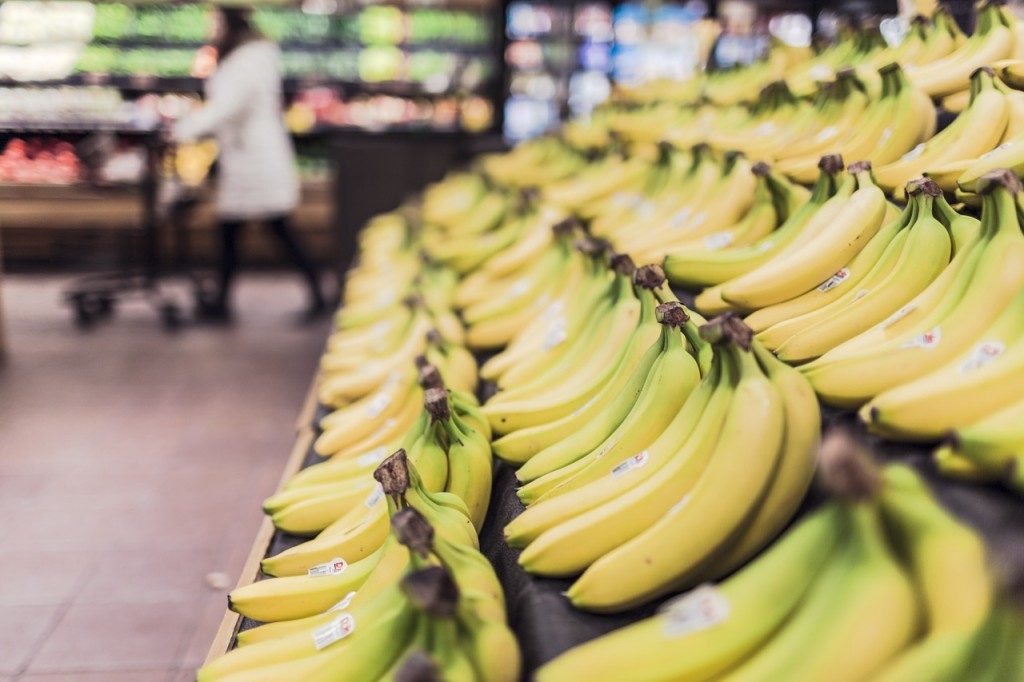
Avoid Shopping On An Empty Stomach
Shopping for food when you are hungry is one of the worst ideas you can do for your wallet that is easily solvable. It’s the equivalent of a gambling addict trying to walk through a casino without getting distracted by all the bells and whistles, and people celebrating their winnings.
Your growling stomach will convince you to buy the big bag of Doritos, the package of cookies, and that box of fresh-made fried chicken from the deli that smells delicious when you first walk in through the doors.
All you need to do is grab a snack before you head out the door.
Beware the Free Samples
One of the best things about Costco is all the free samples you can try. They have people offering you food all over the entire warehouse. Free stuff and especially free food is always nice. But they are really hoping you’d pick up the product after trying it. If you can’t stick to your shopping list, it might be better to avoid the samples.
Use Loyalty Cards
For stores that you visit frequently, sign up for their shopper’s rewards cards. You will be offered special discounts, coupons, or points when you scan the card at the checkout with your groceries.
Use a Rewards Credit Card
To save more off your grocery bill, use a rewards credit card instead of paying for your purchases with cash, check or debit card. You can find rewards cards that pay 1.5 to 2% cashback simply for charging your purchases to the card.
For best results, use the credit card that earns you the most rewards. Chase Freedom and Discover have rotating quarterly categories where you can earn up to 5% cashback off groceries.
Check the Unit Prices
On each price tag, usually off to the left there will be a unit price that breaks down the cost of an item to ounces or per individual unit. To calculate the unit price yourself, take the price and divide it by the quantity.
The unit price lets you compare items quickly to see which is a better deal. By looking at each unit price, you can see how much savings you can get if an item is available in two different sizes.
Contrary to what some people might think, buying the larger size isn’t always the cheaper option. Sometimes you can find a competitor’s item is a better bargain even when it’s not on sale.
Check the Clearance Section
Pay attention to where the grocery store sticks their items that are nearing expiration or are for quick sale. If you are able to use those items quickly, you can save as much as 50% or more off the regular price from picking up foods that are on clearance.
I’ve regularly managed to pick up breads, baked goods, meats, milk, fruits and vegetables at bargain prices.
Try Generics and Store Brands
In many cases, generics and store brands come from the same factories as the name brand products with the only difference being the label. Unless you have very sensitive taste buds, you will probably not taste or notice much difference between the store brand and the name brand items.
Consumer Reports has found that shoppers save on average 25% choosing store brands, and savings have ranged from 5% to 60% cheaper.
I once compared the ingredients on the label for Listerine’s Anticavity mouthwash to Walmart’s Equate brand and the ingredients were the exact same, with Walmart’s store brand costing half as much as Listerine.
This is true also for medications. You can buy Tylenol name brand pain reliever or you can buy the generic version. If you look closely at the label, you will see the active ingredient, acetaminophen, is the same for both products.
More: Cost comparison between generic and name-brand allergy medications
Buy Fruits and Vegetables When In Season
When buying produce, buy those that are currently in season. Not only will you get them for lower prices, the produce is fresher because they are coming from local farmers. The grocers are able to pass the cost savings from shipping and refrigeration on to you.
Shop Early in the Morning or Late At Night
If you are looking for clearance items, you will usually find discount deli, meat, and bakery items after those departments close for the day. If you are looking for packaged foods or dairy, the morning might be better after the employees restock the shelves and mark down leftover items nearing expiration.
And you can’t beat the other benefit of shopping during these times – there are no lines, which means you can get in and out quicker.
Ask For A Rain Check
See a great bargain for Nutter Butter in the weekly ad but by the time you got to the store, it’s all gone? Don’t leave empty-handed. Head over to the customer service counter and ask for a rain check to snag the deal later when the store gets more of those delicious peanut butter cookies.
Shop the Perimeter of the Store
There is a reason why all grocery stores have similar layouts, with the produce at the entrance and the dairy in the back. By having you wander from one end of the store to the other, the merchandising experts know you’ll more likely pick up items you don’t need, like Oreos, as you make your way to the milk section.
Check the Bottom Shelves
The items you see right at eye level are the big name brands with the highest markups whose manufacturers paid for the placement. You will usually find the store brands, discount brands, and items in bigger sizes on the lower shelves. Scan the unit prices from top to bottom to get the best price for what you are looking for.
Walmart Grocery Pickup
It is said 90% of America lives within 10 miles of a Walmart store. Where I’m at, there is not one, but four Walmarts within 10 miles. That makes Walmart Grocery extremely convenient.
With Walmart Grocery, you no longer need to spend hours each month walking around the store looking for your items and standing in line to checkout. You also avoid all the temptations to throw items you don’t need into your shopping cart.
Instead, you either sign onto the Walmart Grocery App or their website and add your items to your cart. A Walmart associate will then do the shopping for you. When you are ready, you can stop by the store when it’s convenient and they will bring your order directly to your car.
You get the same prices as if you went inside and did the shopping yourself. Except for a $30 minimum order, there are no extra fees for using Walmart Grocery pickup.
Save Money On Food When You Get Home
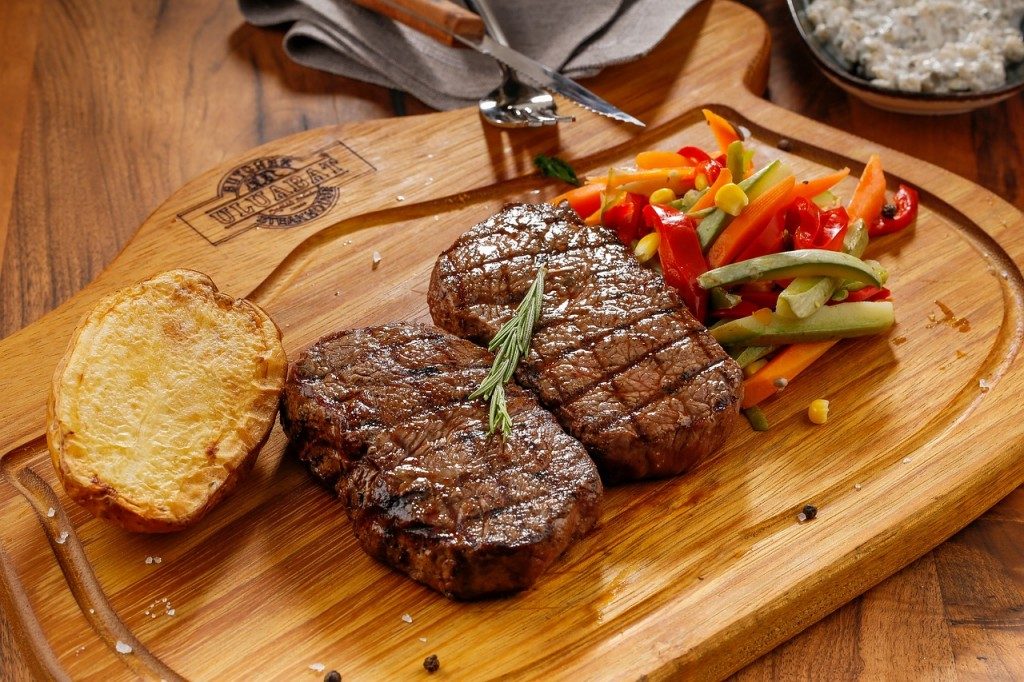
Make Your Own Meals Instead of Eating Out At Restaurants
The Bureau of Labor Statistics numbers showed that Americans spent almost 44% of their food budget eating out. With our busy lives, it just seems quicker and easier to pick up dinner at Boston Market after baseball practice than going home and cooking a meal from scratch.
If you don’t have time to cook during the week, spend Sunday prepping meals for the entire workweek. Keep a few days of meals in the fridge ready to heat and eat, and freeze the rest.
Skip going out for lunch at work. By bringing leftovers for lunch, you also save money each day. If an average lunch costs $10 a day, that is $50 a week you could be saving.
Cook From Scratch When Possible
Pre-prepared foods are always more expensive than making it at home. Not only are homemade foods cheaper, it is also healthier. There won’t be any artificial ingredients that you can’t even pronounce. There will be less salt and sugar.
You can make homemade pasta sauce for pennies compared to the cost of sauce in a jar.
Freeze and Store
When you stock up on sale items, have a plan to store those items so they do not go to waste before you can use them. One way is to freeze them. If you find meat, fish, and poultry on special, you can divide them into individual cooking portions, label, and then put them into the freezer for later.
I’ve even picked up half a dozen loaves of bread on clearance during one trip and stashed them in the freezer. I’ll pull out a loaf from the freezer as I get close to finishing the current one.
If you find yourself buying a lot of items to freeze and your refrigerator freezer is overflowing, a freezer chest might be a good purchase.
Check Your Freezer and Fridge Temperatures
According to the FDA, your refrigerator temperature should be at 40 degrees F or below. Your freezer should be at 0 degrees F.
Making sure your fridge is at the proper temperature is one of the best ways to keeping your foods fresh and bacteria from growing. Too warm, and your food will spoil faster.
Not many refrigerators show actual temperatures beyond a dial that sets the temperature colder or warmer. Consider buying a couple cheap refrigerator thermometers to place in the fridge and freezer to keep an eye on the temperature.
Keep An Eye On Your Perishables
Those crisper drawers at the bottom of your fridge are intended to keep your fruits and vegetables fresh. But if you don’t pay attention to what’s stored in them and for how long, they can be where your produce go to rot. I’m probably not the first person who’s pulled out a moldy apple or orange from the bottom of the drawer.
Store Perishables Correctly
More Money Tips recommends storing produce properly so they will last longer. For example, she mentions that certain foods such as bananas, avocados, and tomatoes give off ethylene gas, which speeds up the ripening of those produce, plus any other produce kept nearby.
This is why the first thing I do when I get home after picking up a bunch of bananas is to remove them from the plastic bag so the gas doesn’t build up inside and ripen them faster. If I don’t plan to eat them within a few days, I will also store them in the fridge. The skin will turn brown, but the fruit inside will remain unaffected and keep longer.
Be sure to check out her post on other ways to avoid wasting money on food.
What To Avoid To Spend Less Money on Food
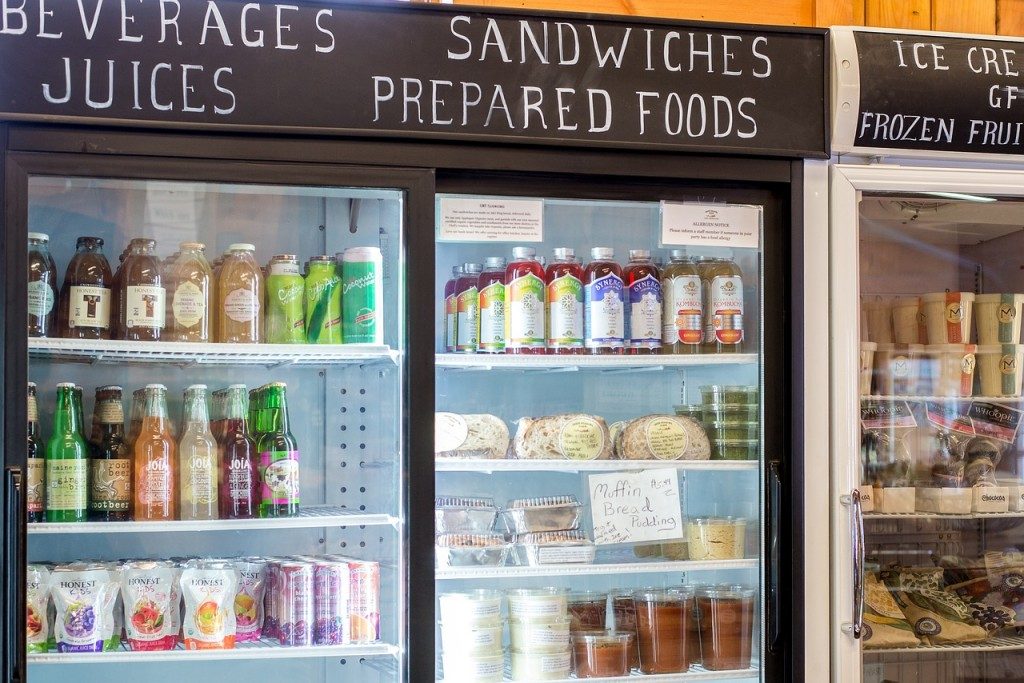
Don’t Buy Pre-cut Produce
Yes, cutting a pineapple might take some time when you don’t have a pineapple slicer at home. But anyone can do it if you take some time. Not only will you save money, you get more fruit and less waste. The fruit and vegetables you cut yourself will also be fresher than the pre-cut stuff.
Skip the Snack-sized Packages
Not only do prepackaged single serving snacks cost more than the full size package, they also result in more waste. You are paying more for the convenience of having something in a smaller package. So skip those snack-sized packages of potato chips and grab the full size bag.
If you need the smaller containers to take along for lunch, you can use reusable microwave-safe containers.
Avoid Bottled Water
When you buy bottled water, you are mostly paying for the plastic bottle. In some cases, bottled water is just filtered tap water. A comparison between the cost of bottled water and tap water in my area revealed that bottled water is 88 times more expensive than tap.
Consider getting a filter for your faucet or a Brita water pitcher and a reusable water bottle instead.
Ditch the Soda
Save the soda, sports drinks, and energy drinks for the occasional treat. You are paying for lots of sugar and high fructose corn syrup, both of which isn’t good for your health and nor your waistline.
Frozen Dinners
I know it’s tempting to buy ready-to-eat meals like TV dinners, frozen pizzas, pot pies, chicken nuggets, fish sticks, and such. They are always more costly than making meals from scratch, not to mention less healthy.
K-Cups
There is something extremely telling when the inventor of the K-Cups and Keurig coffee maker confesses that he doesn’t own one. K-Cups coffee is about two to three times more per cup than the cost of traditionally brewed coffee.
Convenience Stores and Gas Stations
Yes, it’s tempting to run into the store when you are already there filling up your car to grab some groceries, soda, water, or other foods. The products in these stores are always much more expensive than the supermarket because they are charging you extra for the convenience.
Closing $ense
It’s not difficult to stick to a budget while shopping for food. As long as you plan ahead and stick to a few of these money saving tips, you will see your grocery shopping savings add up quick.
What are some tips you’ve used to save money on food and while shopping at the grocery store?
